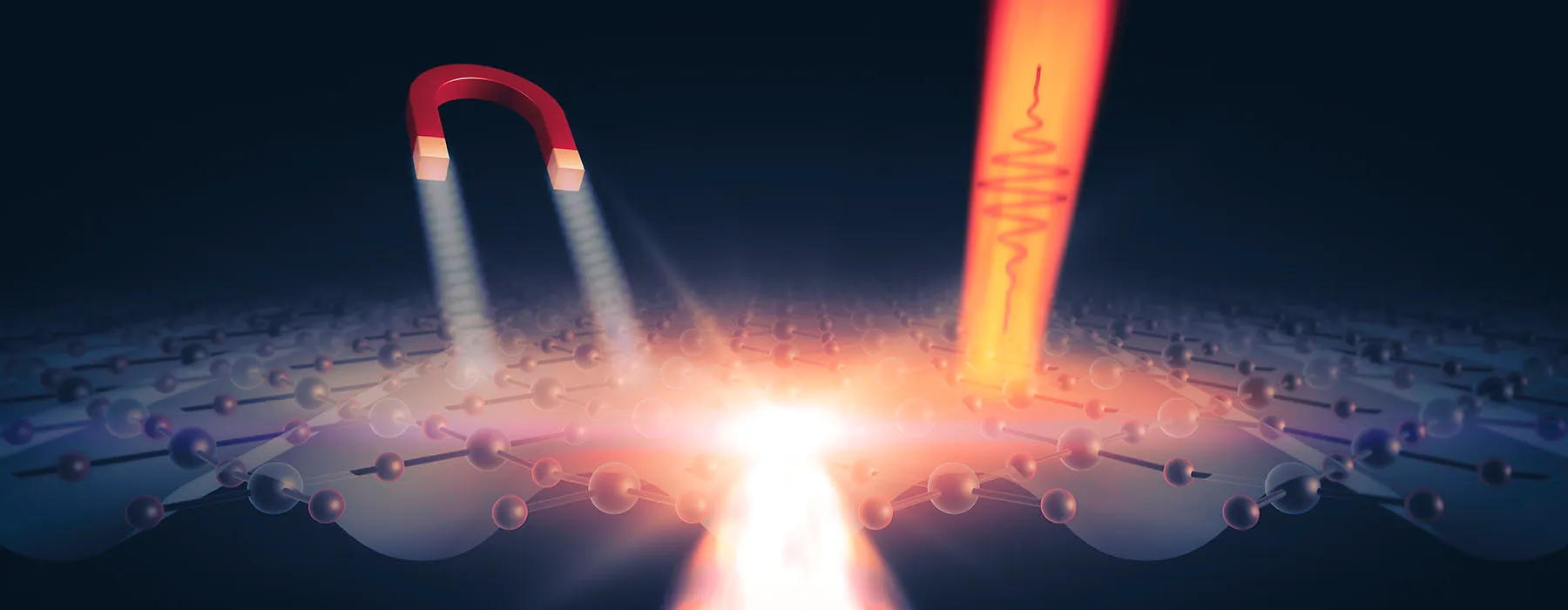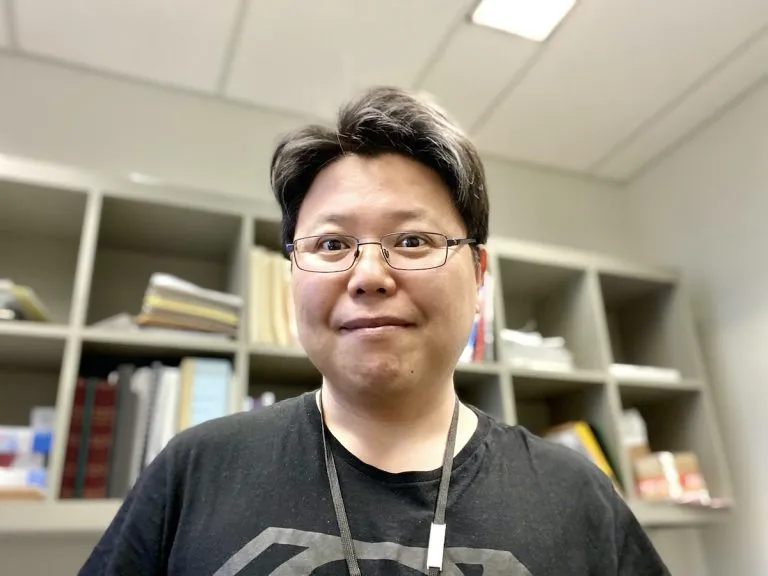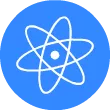According to a new study, scientists have found that triggering superconductivity with a flash involves the same basic physics as the more stable state required by the equipment, opening up a new way to produce room temperature superconductivity**

Researchers can put the system into a slightly unstable state - what scientists call "imbalance" - and then observe what happens when it stabilizes back to a more stable state, just as people can know themselves by walking out of their comfort zone.
Experiments on the superconducting material yttrium barium copper oxide (or YBCO) show that under some conditions, making it unbalanced by laser pulses can make its superconductivity -- conducting current losslessly -- closer to room temperature than researchers expected. Given that scientists have been working on room temperature superconductors for more than 30 years, this may be a major breakthrough.
But does the observation of this instability have anything to do with the function of high-temperature superconductors in the real world? The answer is yes, according to a study published Wednesday in the journal progress of science.
"People think that even if this type of research is useful, it is not very promising for future applications," said Jun sik Lee, a scientist at the SLAC National Accelerator Laboratory of the U.S. Department of energy and head of the international research team conducting the study
"But now we have shown that the basic physics of these unstable states is very similar to that of stable states. Therefore, this opens up great opportunities, including the possibility that other materials can also enter the transient superconducting state through the action of light. This is an interesting state that we can't see in other ways."

What does normal look like?
Yttrium barium copper oxide is a member of a family of materials discovered in 1986. It can conduct electricity with zero resistance at temperatures much higher than scientists previously thought feasible.
Like the traditional superconductor discovered more than 70 years ago, YBCO switches from normal state to superconducting state when it is cooled below a certain transition temperature. At this point, electrons pair and form a condensate - an "electron soup" - that can conduct electricity effortlessly. Scientists have a solid theory of how this happens in old superconductors, but there is still no consensus on how it works in unconventional superconductors such as YBCO.
One way to solve this problem is to study the normal state of YBCO, which is strange in itself. The normal state contains some complex and intertwined material phases, each of which may help or hinder the transition to superconductivity. These phases "compete for dominance" and sometimes overlap. More importantly, in some of these phases, electrons seem to "recognize each other" and act collectively.
This is a real tangle, and researchers hope that a better understanding of it will clarify how and why these materials become superconducting at temperatures much higher than the theoretical limits predicted by traditional superconductors.
It is difficult to explore these fascinating normal states at warm temperatures, so scientists usually cool their YBCO samples to the point where they become superconducting, and then turn off superconductivity to return to normal.
Switching is usually done by exposing the material to a magnetic field. This is the most popular method because it keeps the material in a stable configuration - you need to create a practical device.
Jun sik Lee says superconductivity can also be turned off by an optical pulse. This creates a somewhat unbalanced normal state. Imbalance - from a scientific point of view, interesting things can happen. But the fact that it is unstable makes scientists cautious about assuming that anything they learn there can also be applied to stable materials, such as those needed for practical applications.
In this study, Jun sik Lee and his collaborators compared two "switching" methods - magnetic field and optical pulse - focusing on how they affect a special material phase called charge density wave or CDWs in superconducting materials. CDWs are wavy patterns with higher and lower electron density, but unlike waves, they do not move around.
In 2012, scientists discovered two-dimensional CDWs. In 2015, Jun sik Lee and his collaborators discovered a new type of three-dimensional CDW. These two types are closely related to high-temperature superconductivity. They can be used as the symbol of the transition point of superconductivity on or off.
In order to compare what the CDW looks like when the superconductivity of YBCO is turned off under the action of light and magnetism, the research team conducted experiments under three X-ray light sources.
First, they measured the properties of undisturbed materials, including their charge density waves, at SLAC's Stanford synchrotron radiation source (SSRL). Then, the samples of the material were exposed to high magnetic field in sacla synchrotron radiation facility in Japan and laser in X-ray free electron laser (pal-xfel) in POSCO Accelerator Laboratory in Korea, so that the change of CDW could be measured.
"These experiments show that exposing samples to magnetic force or light will produce similar three-dimensional patterns of CDWs," said sanghoon song, SLAC staff and co-author of the study. Although how and why this happens is still unknown, these results show that the states induced by the two methods have the same basic physics, he said. They show that lasers may be a good way to create and explore transients that can be stably used in practical applications, including potential room temperature superconductivity.
From POSCO accelerator laboratory and POSCO University of science and technology in Korea; Northeast University of Japan, SPring-8 center of Institute of physics and chemistry and Institute of synchrotron radiation of Japan; And researchers at the Max Planck Institute for solids in Germany also contributed to this work, which was funded by the science office of the U.S. Department of energy. SSRL is a user facility of the science office of the U.S. Department of energy.
